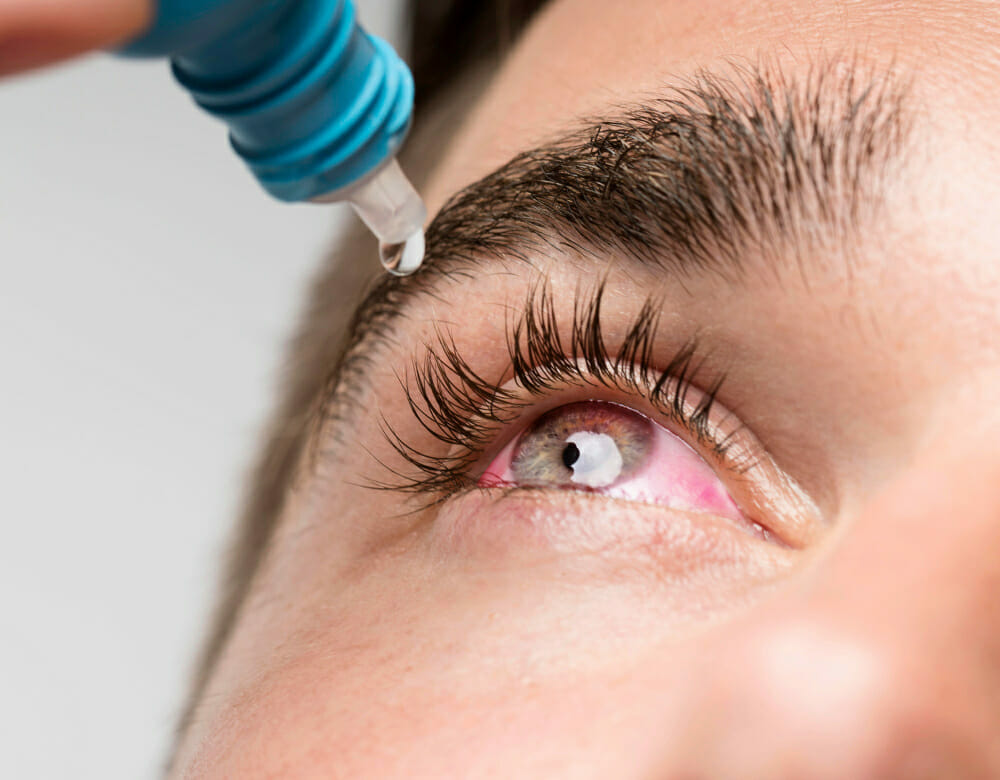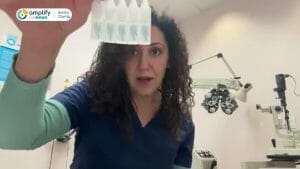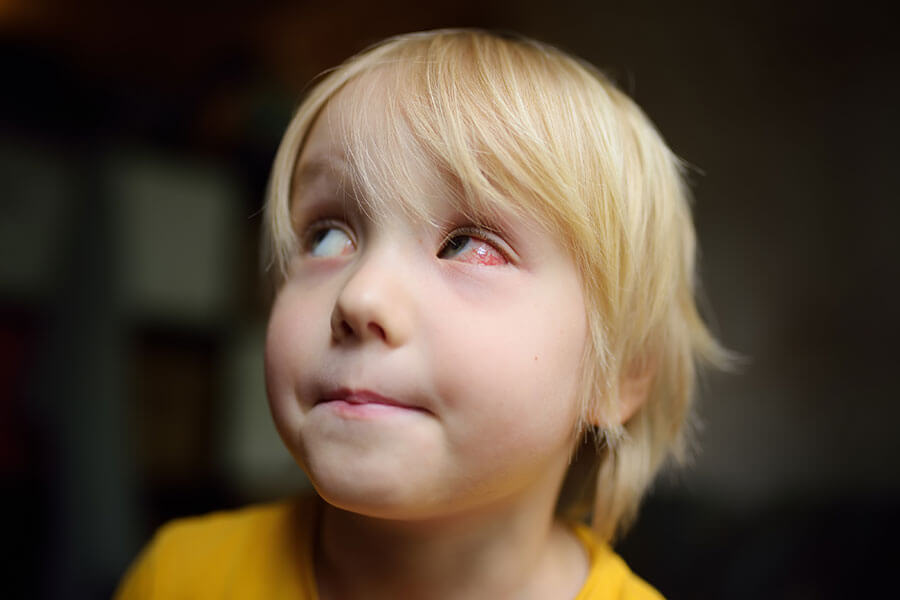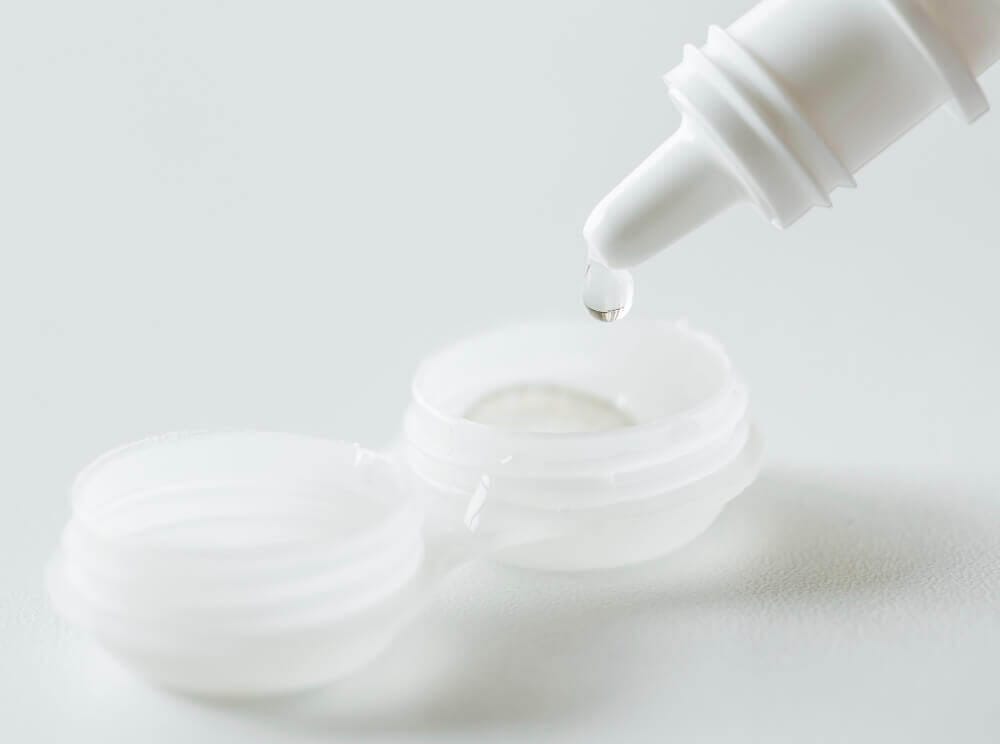Choosing the Right Eye Drops
While eye drops play a crucial role in managing dry eye syndrome, they may not always be enough to alleviate your symptoms completely. In such cases, your optometrist may recommend over-the-counter gels or ointments for dry eye. They are thicker than eye drops, last longer, and are often recommended for use before bedtime.
Specific types of eye drops you should avoid include:
Allergy eye drops: These eye drops are designed for providing relief from allergy symptoms when the eyes are exposed to allergens like mold, dust, or pollen. These drops are not meant to provide relief from dry eye symptoms. Although, artificial tears can help with symptoms of eye allergies.
Antibiotic eye drops: Antibiotic eye drops are meant for treating eye infections and are generally prescription-only, and may not provide proper relief from dry eye.
Redness-relieving eye drops: These eye drops are only meant for treating temporary eye redness, such as that caused by allergies, smoke irritation, or contact lenses. If these drops are used too often, however, they can cause rebound redness, which makes the eyes look even redder than before. For this reason, optometrists recommend only using these drops occasionally and for short periods. Eye drops which are preservative-free may be more helpful for reducing redness than regular use of redness-relieving drops.





















